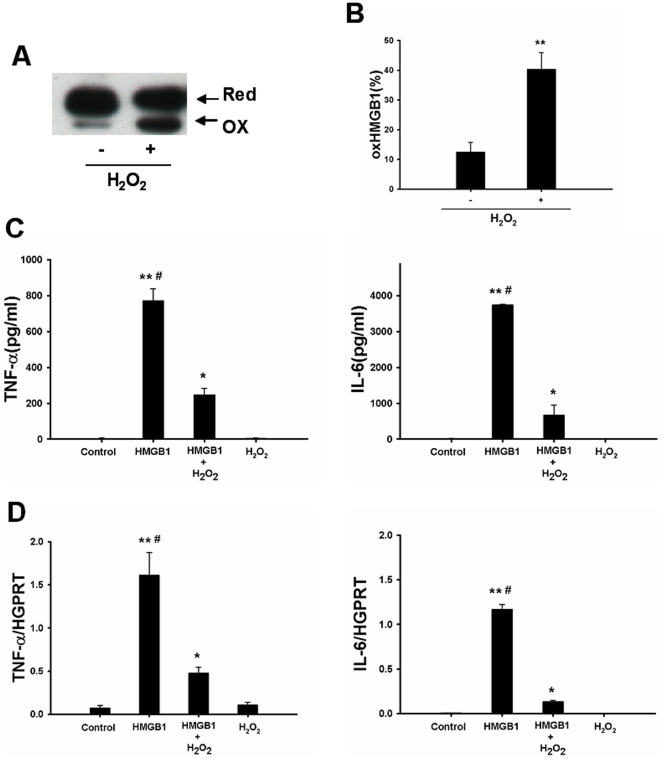Figure 3. HMGB1 inflammatory activity is attenuated after oxidation in vitro.
(A) HMGB1 was firstly extracted from effluent obtained after 24 h of cold storage and then treated with H2O2 (50 µM) for 1 h on ice. Oxidized HMGB1 was separated on a non-reducing SDS-PAGE gel and detected by western blot with a polyclonal anti-HMGB1 antibody. (B) The gray value of bands was calculated by ImageJ. The relative amount of oxidized HMGB1 was expressed by oxidized HMGB1/total HMGB1. Macrophages were stimulated with effluent HMGB1 (0.5 µg/ml) or oxidized HMGB1 (effluent HMGB1 pretreated with H2O2; 0.5 µg/ml) for 6 h. TNF-α and IL-6 concentration in the supernatants (C), as well as intracellular TNF-α and IL-6 mRNA levels (D) were then determined. Effluent HMGB1 pretreated with H2O2 significantly attenuated its inflammatory activity. The experiment was performed in triplicates with similar results. Data are shown as mean ± SD. *p<0.001, **p<0.0001 vs blank control; # p<0.001 vs HMGB1+H2O2 group. HMGB1, high mobility group box 1; TNF-α, tumor necrosis factor-alpha; IL, interleukin; HGPRT, hypoxanthine-guanine phosphoribosyltransferase; Ox, oxidized; Red, reduced.

